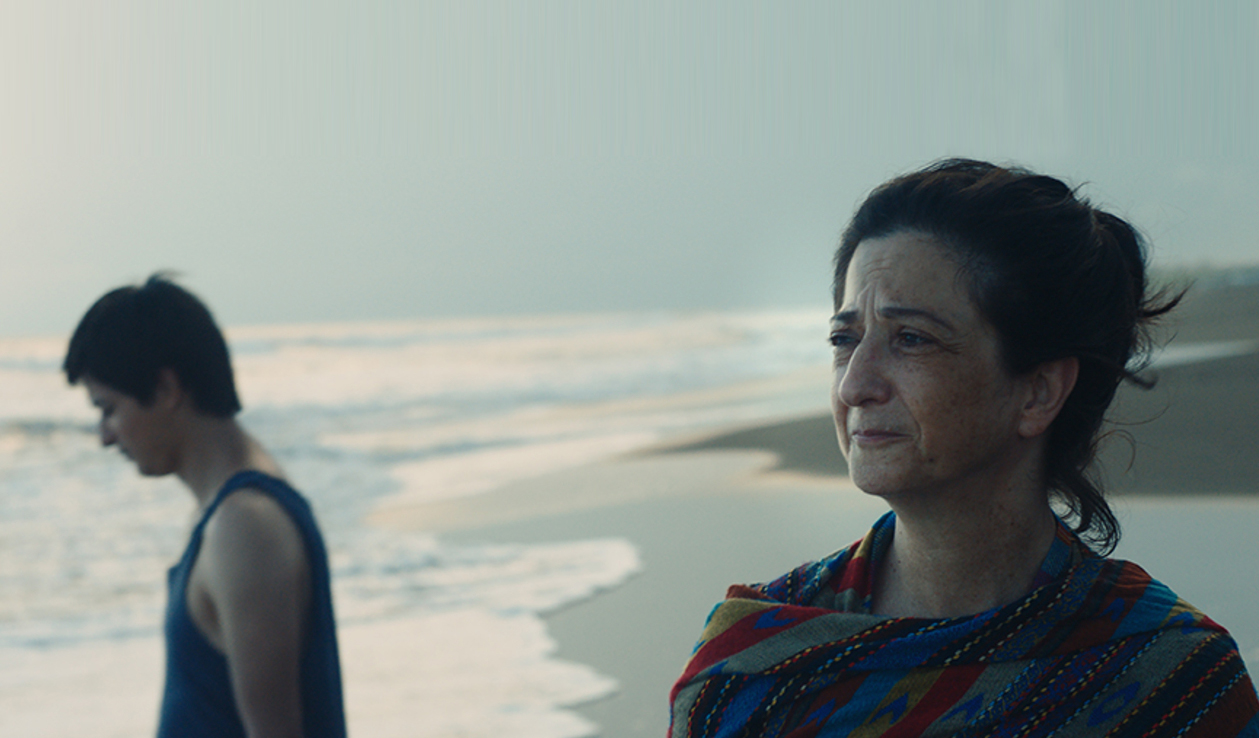
- Golden Globe Awards
Our Mothers (Belgium/Guatemala)
In present-day Guatemala, the country is riveted on the trial of the officers who served with the military regime during the civil war. Ernesto (Armando Espitia) works as a forensic anthropologist, recovering the bones of people killed during Guatemala’s genocide, also known as the Mayan genocide, to locate, unearth, identify and create an inventory of the thousands of anonymous “disappeared” during the war. Given that most bodies were dumped in unmarked mass graves or secretly buried in public cemeteries, his job is time-consuming yet gratifying, with each DNA identification validating the deceased individual and offering closure to survivors. One day, through an old lady’s story, Ernesto thinks he has found a lead that will allow him to find his father, a guerilla fighter who disappeared during the war.Cesar Diaz, a Guatemalan filmmaker who has studied in France and Belgium where he is now settled, has taken the plunge with this feature debut and surprised many at this year’s Cannes film festival, winning the Camera d’Or. Our Mothers was born when he was scouting for a documentary location in a Guatemalan village where a dreadful massacre had taken place during the civil war. He soon bonded with the village women who confided in him some true, horrific events. Diaz was shocked and became inspired to search for a personal story close to his heart, one of a relationship between a mother and her son, in search of a father.Initially, Diaz only wanted to work with anon-actors but quickly realized that his film needed a strong lead actor. Mexican actor Armando Espitia, (who played the titular character in the 2013 Cannes selection Heli), came on board to portray Ernesto. “I pursued him to carry this story,” said the director, “but it was of key importance to me to deliver this calamity as true as possible as if it were a document! I decided to film at the very same village where all took place.” Diaz was especially conscious of not exploiting the women filmed, who had lived through these atrocities; to avoid any kind of paternalistic discourse and to give them back their status as heroines. “These women are still standing. They’re inhabited by an incredible life force. Once we’ve all finished killing each other, what do we do with our dead? How do we heal our wounds? We need to take a look at the scars of our past; it has to start with individuals, to repair the country of Guatemala.”Diaz felt a real sense of responsibility to give history human form especially since this tragedy is shared by many in Guatemala. It was crucial to the director to bring human journeys and authentic characters to the screen, for the viewer to connect on a deep emotional level. As witnesses of the genocide, the Mayan women of Guatemala are the bridge between past and present, guardians of memory and mediums for righteousness and Diaz is certainly much admired for emphasizing their ordeals.

